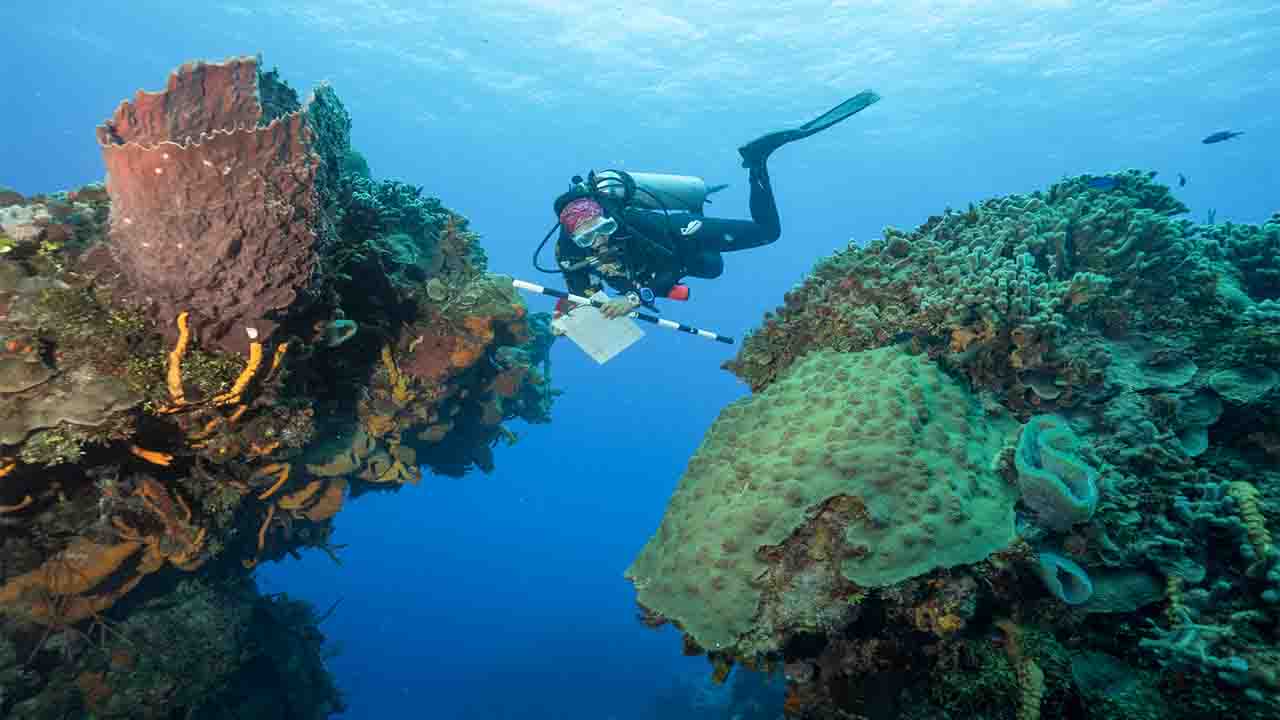Climate change is one of the most pressing issues facing the planet today. The effects of climate change are already being felt around the world, and they are expected to become more severe in the years to come. One of the most serious consequences of climate change is its impact on biodiversity.
Biodiversity refers to the variety of life on Earth. It includes the variety of plants, animals, fungi, and microorganisms, as well as the variety of ecosystems that they inhabit. Biodiversity is essential for the health of the planet. It helps to regulate the climate, provide food and water, and protect against natural disasters.
Climate change is already having a negative impact on biodiversity. The average global temperature has increased by about 1 degree Celsius since the late 19th century. This may not seem like a lot, but it is enough to cause significant changes in the environment. For example, warmer temperatures are causing glaciers to melt, sea levels to rise, and extreme weather events to become more common. These changes are making it difficult for many species to survive.
Some species are more vulnerable to climate change than others. For example, cold-adapted species are at risk as temperatures rise. Species that live in specific habitats, such as coral reefs or alpine meadows, are also at risk as their habitats are destroyed.
Climate change is also causing changes in the distribution of species. As temperatures rise, some species are moving to higher latitudes or higher altitudes in search of cooler temperatures. This can lead to competition with other species for resources.
The loss of biodiversity is a serious problem. It can lead to the extinction of species, the disruption of ecosystems, and the loss of important ecosystem services. Climate change is one of the main drivers of biodiversity loss, and it is important to take action to mitigate climate change and protect biodiversity.
There are a number of things that can be done to mitigate climate change and protect biodiversity. These include:
- Reducing greenhouse gas emissions
- Investing in renewable energy sources
- Conserving natural habitats
- Protecting endangered species
- Educating the public about climate change and biodiversity
Climate change is a complex issue, but it is one that we can address if we work together. By taking action to mitigate climate change and protect biodiversity, we can ensure a healthy planet for future generations.
In addition to the direct impacts of climate change on biodiversity, there are also a number of indirect impacts. For example, climate change can lead to changes in the availability of food and water, which can stress populations of animals and plants. Climate change can also lead to the spread of diseases, which can further threaten biodiversity.
The impacts of climate change on biodiversity are already being felt around the world. For example, in the Arctic, climate change is causing sea ice to melt, which is disrupting the habitat of polar bears and other Arctic animals. In the tropics, climate change is causing coral reefs to bleach and die, which is threatening the food and livelihood of millions of people. The impacts of climate change on biodiversity are likely to become more severe in the future. If we do not take action to mitigate climate change, we could see the extinction of many species and the collapse of entire ecosystems.
There is still time to act to protect biodiversity from the impacts of climate change. By reducing greenhouse gas emissions, investing in renewable energy, and conserving natural habitats, we can help to mitigate climate change and protect the diversity of life on Earth.








